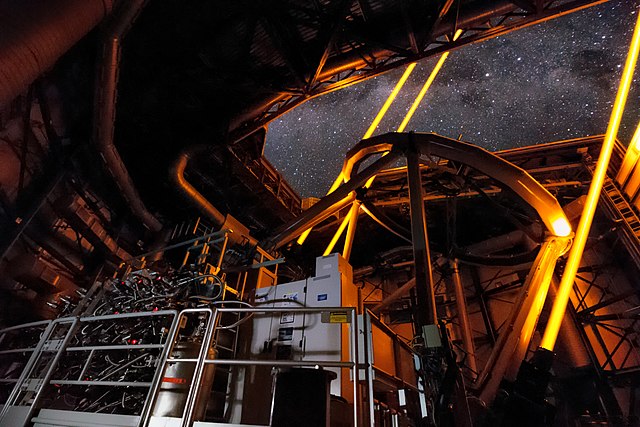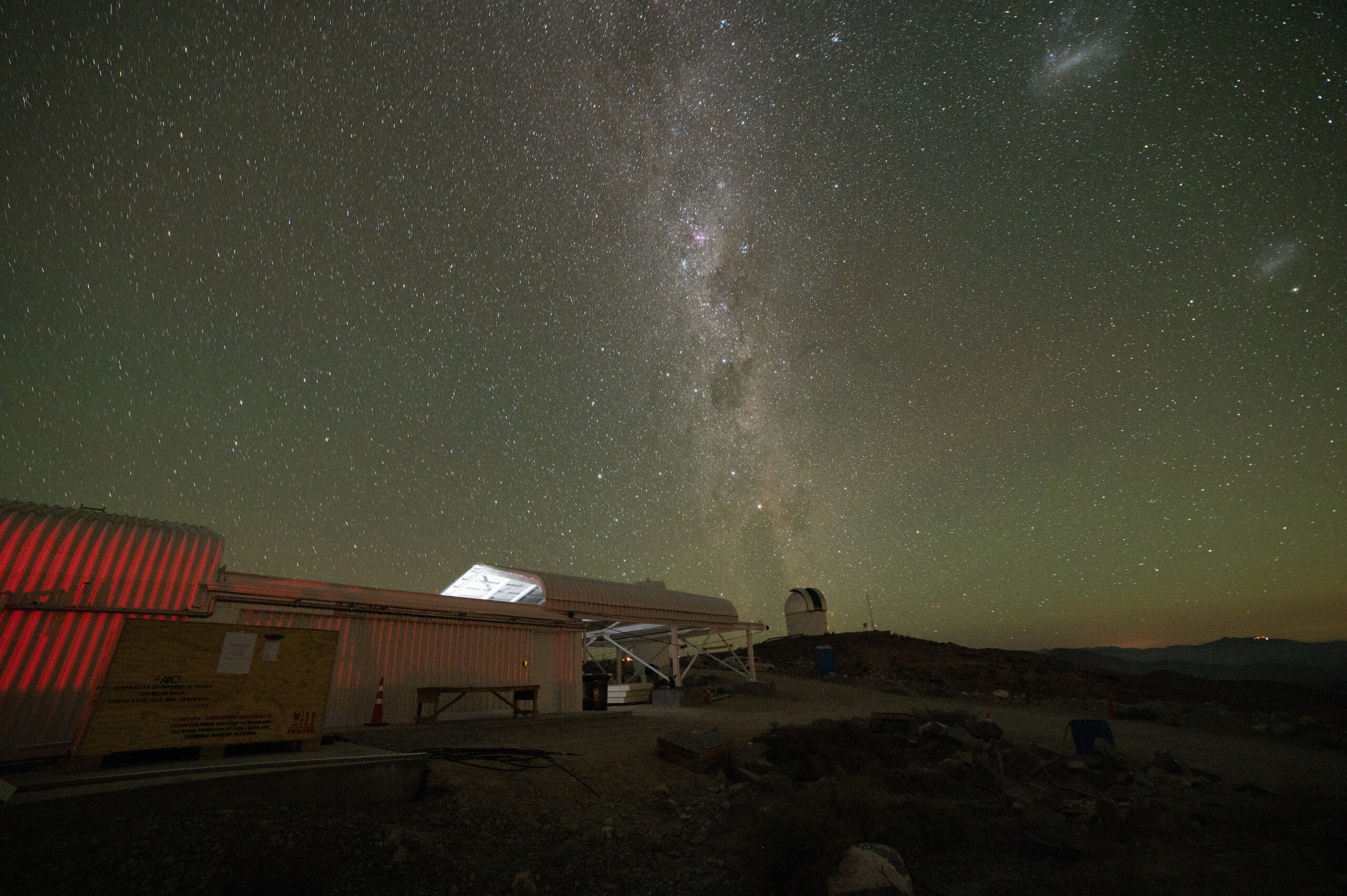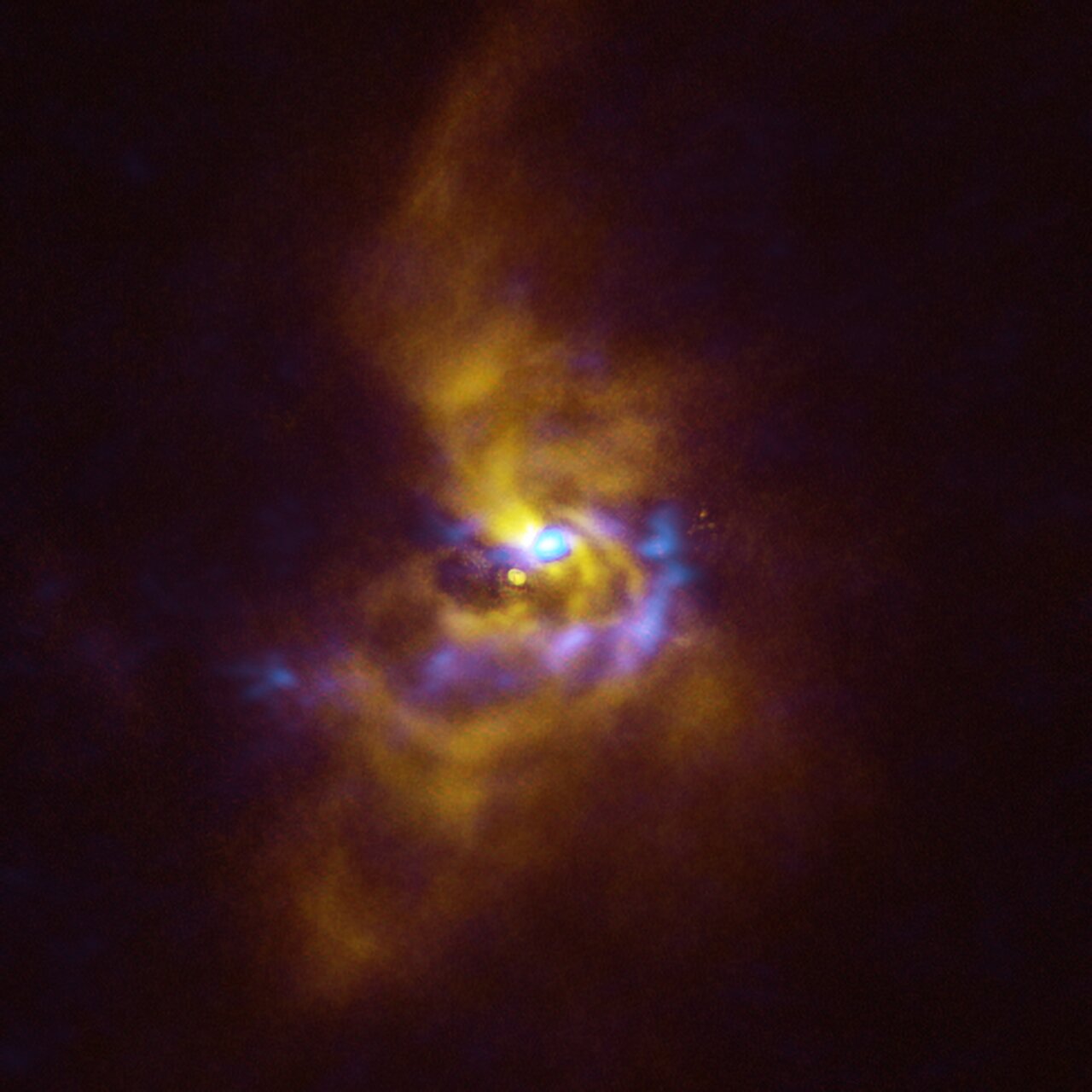
New observational data for the Astronomy Nucleus’ projects
Many research groups in the astronomy nucleus will get new data to learn more from exoplanets to distant galaxies.
Planets: J. Jenkins was awarded 70hrs on Chiron for the project ‘Extreme Exoplanets as Atmospheric Laboratories: Measuring Masses and Densities in the Neptune Desert’, which is a project to confirm and measure the masses of planet candidates from the TESS mission that would be planets inside the Neptune Desert. Once confirmed, we would then study the atmospheres of these planets to determine their chemistries and physical processes, trying to gain a better understanding of the formation pathways and evolutionary processes of these planets…why are they so unique?
Stars: P. Jofre was awarded 60 hours with CRIRES at VLT for keep building the library of the reference stars called Gaia Benchmark stars in order to conduct a study that systematically investigates the determination of abundances from optical to infrared spectra. This is crucial to scale stellar data in the current era of Gaia and its complementary spectroscopic surveys that aim to use chemodynamical maps of the Milky Way to reveal its history and evolution.
Stars: The PhD students D. De Brito Silva and S. Vitali working under the supervision of P. Jofre were awarded 2 nights with MIKE at Magellan, Las Campanas, to continue assembling a large high resolution spectral dataset of accreted stars in the Galactic halo. These stars have been selected from the newest data release of Gaia.
AGN: M. Temple, A. Rojas and C. Ricci obtained 10 hours on SOAR (Goodman HTS) through the AEON queue mode to obtain follow-up/classification spectra for a sample of AGN which have been observed to have significant photometric variability in ongoing surveys such as ZTF as part of the BASS collaboration.
Distant galaxies: M. Aravena and J. Gonzalez obtained 13 hours with VLT/MUSE to observe Ly-alpha emission in a galaxy which is part of their large ALMA programme “CRISTAL”, The idea is that while ALMA data will help to see the interstellar medium in that galaxy, MUSE will help to study the circungalactic medium. They want to understand how the ISM and the GSM are connected in the early universe. This data will help the PhD theses of M. Solimano and A. Posses.
Exciting opportunities to do astronomy in Chile!









